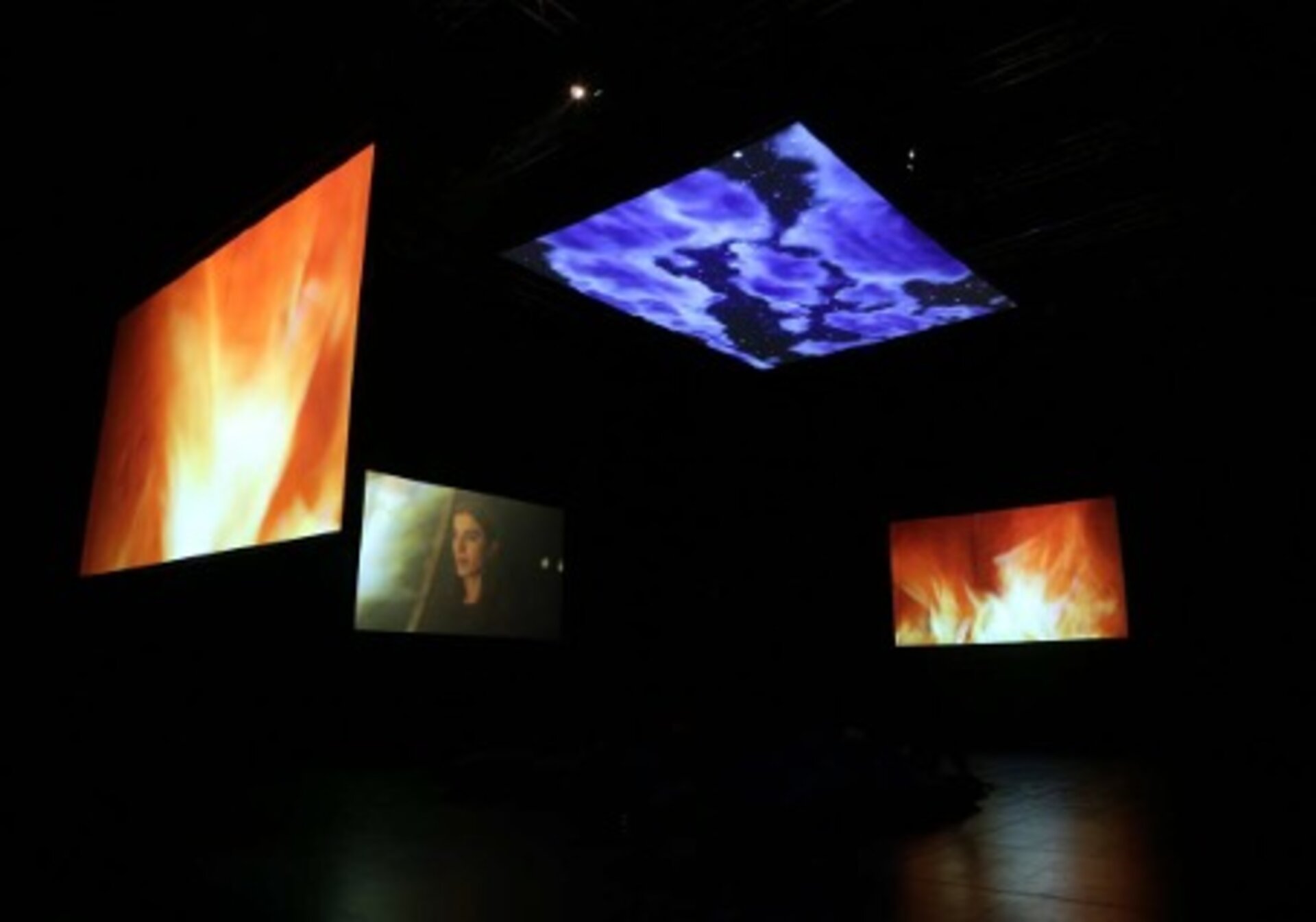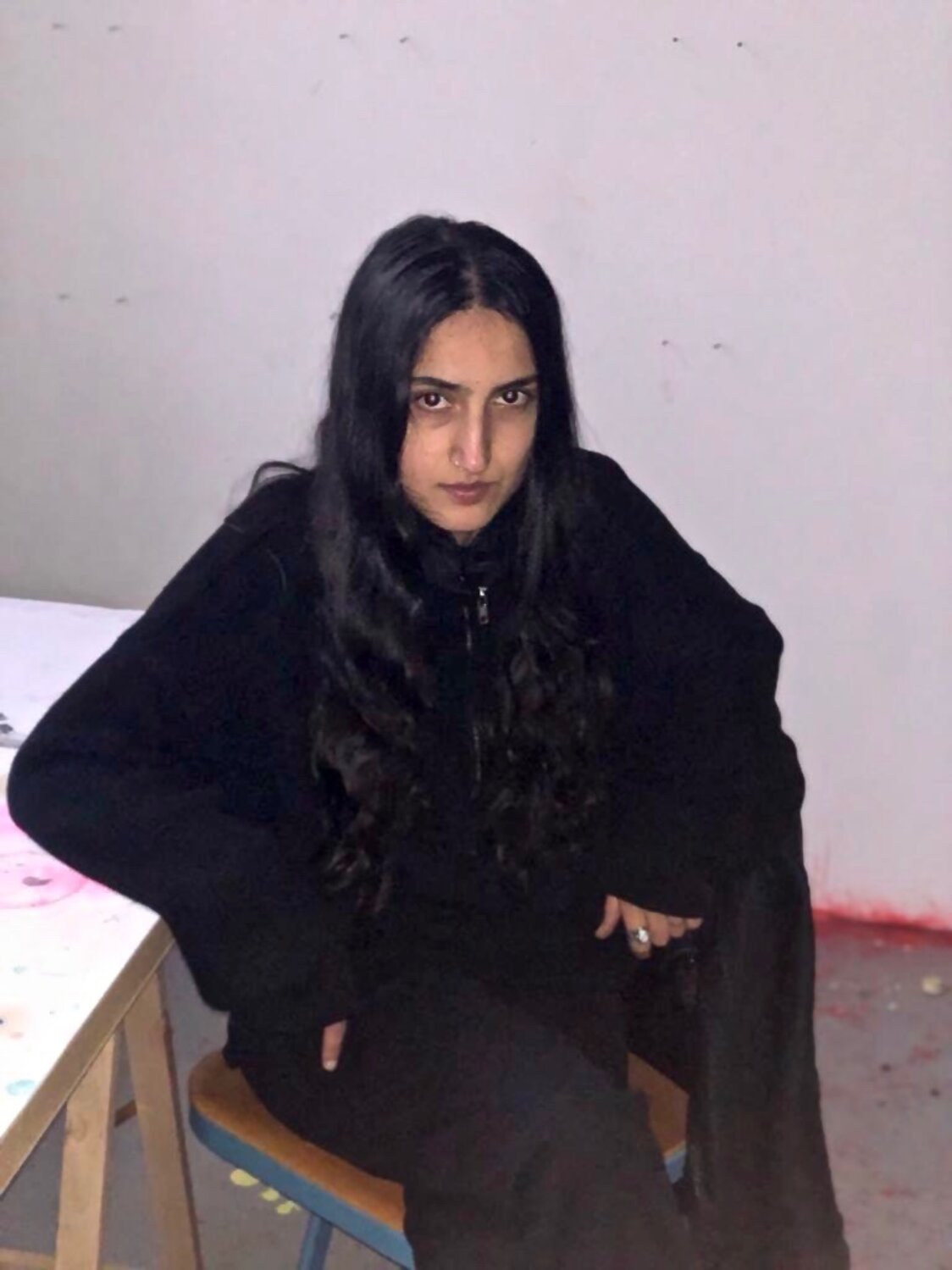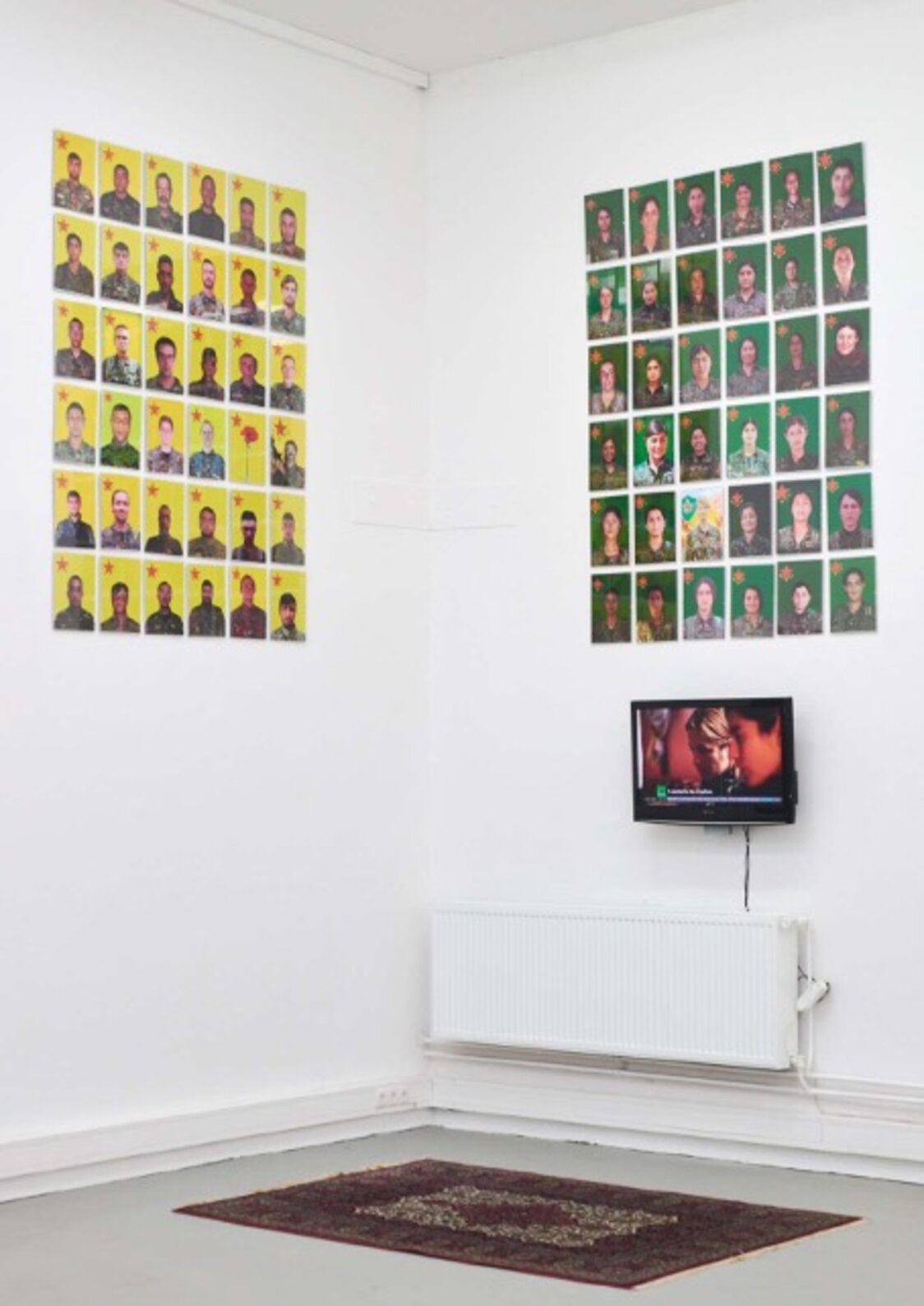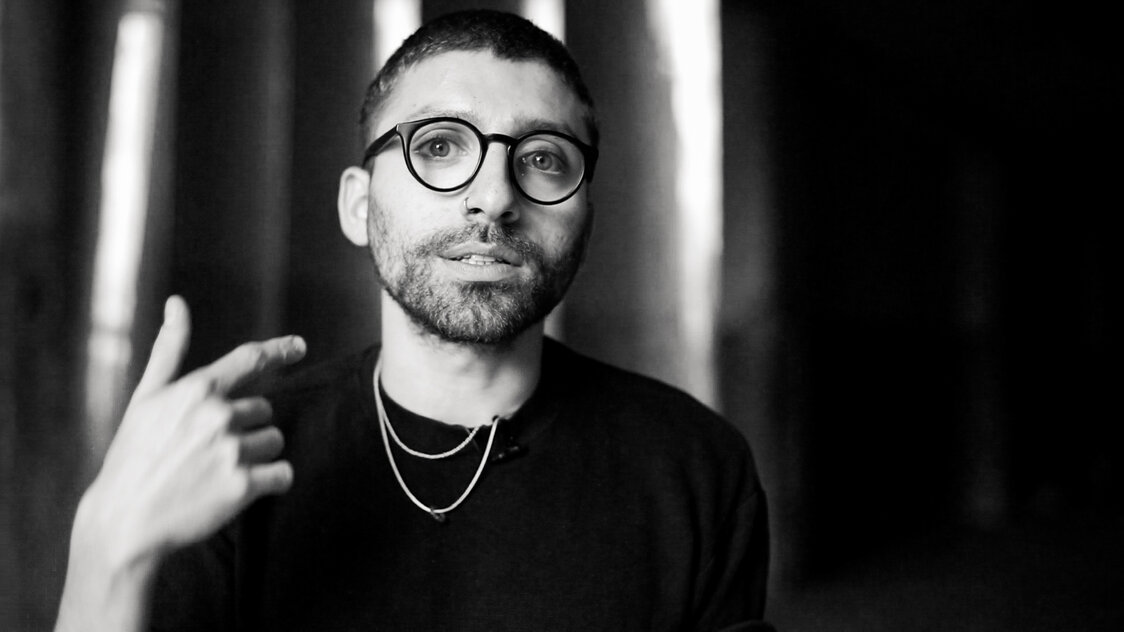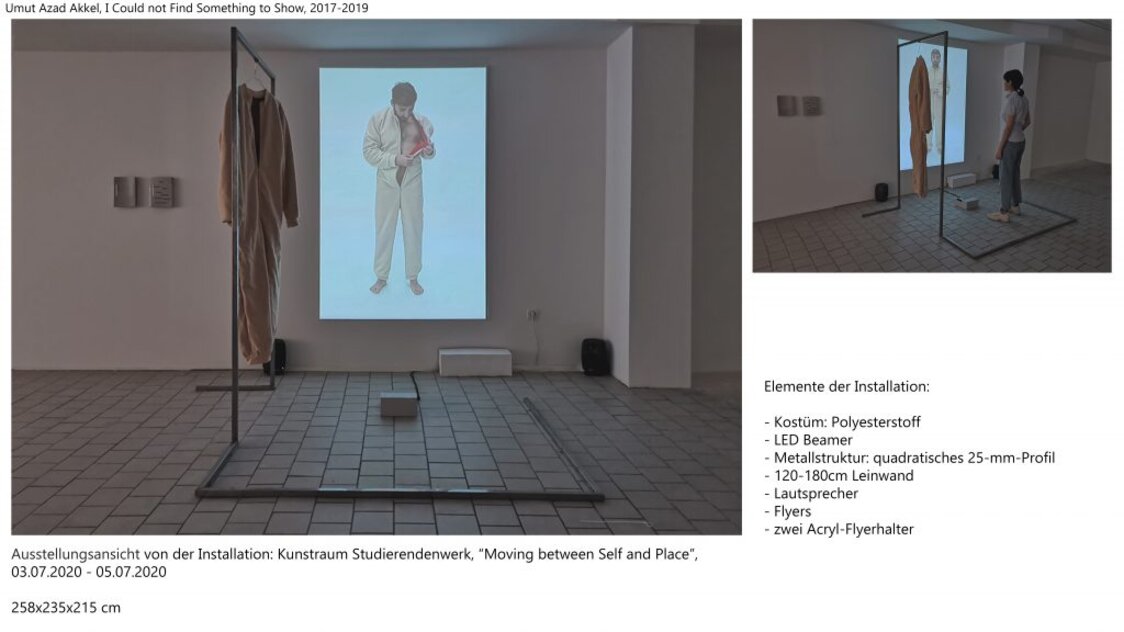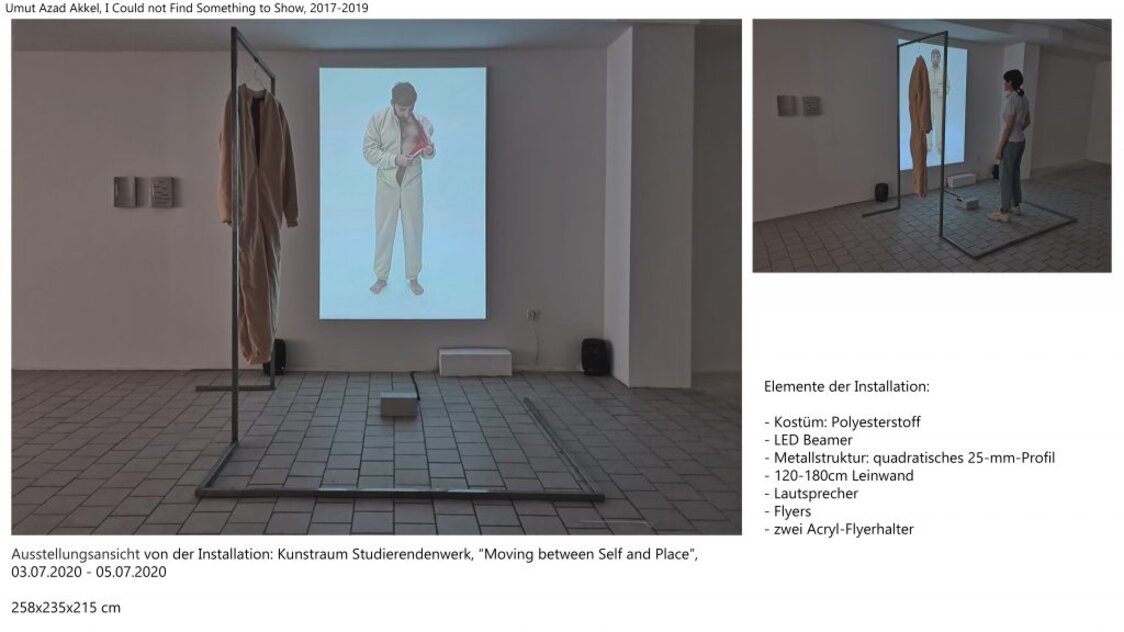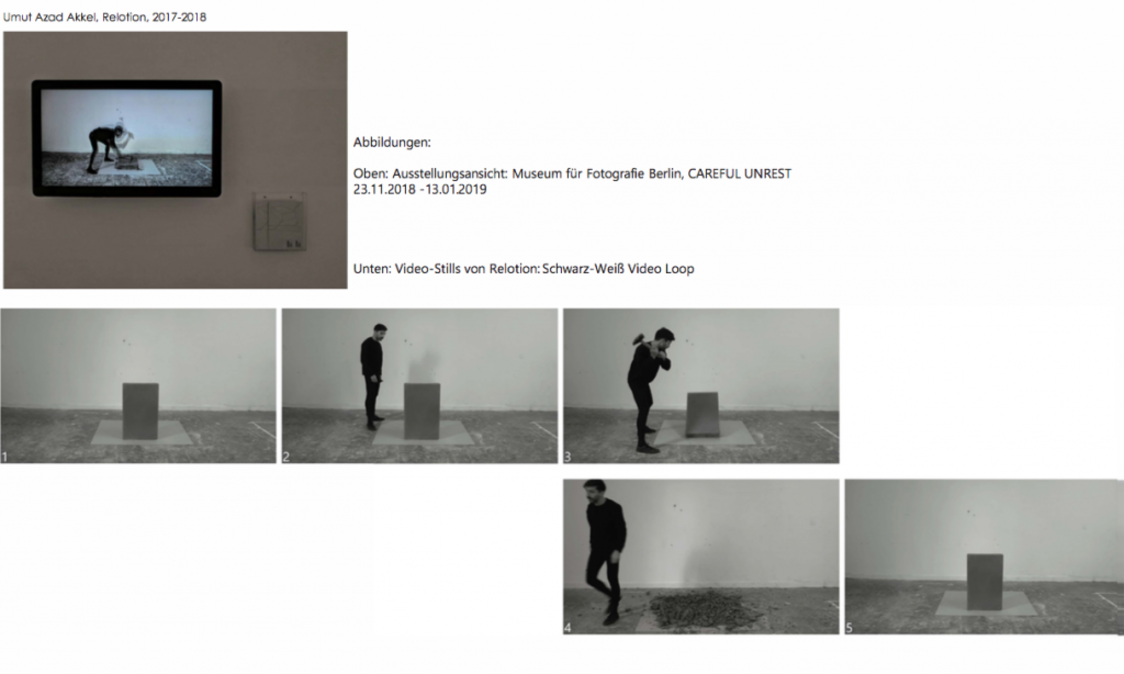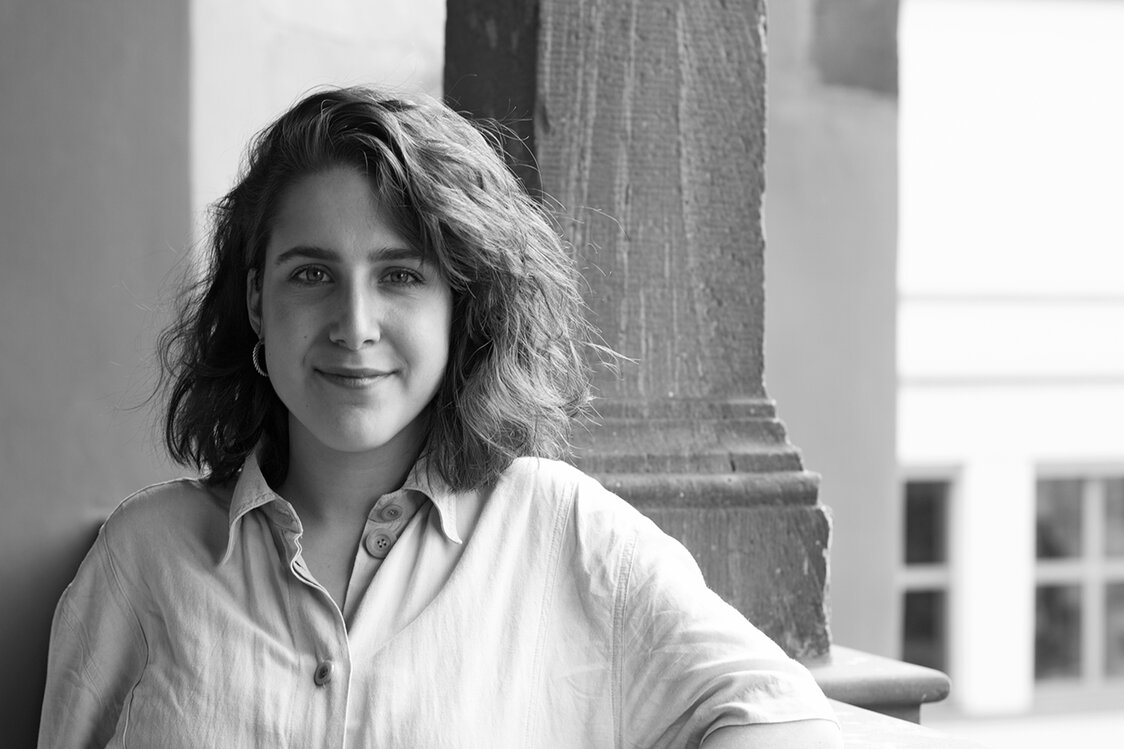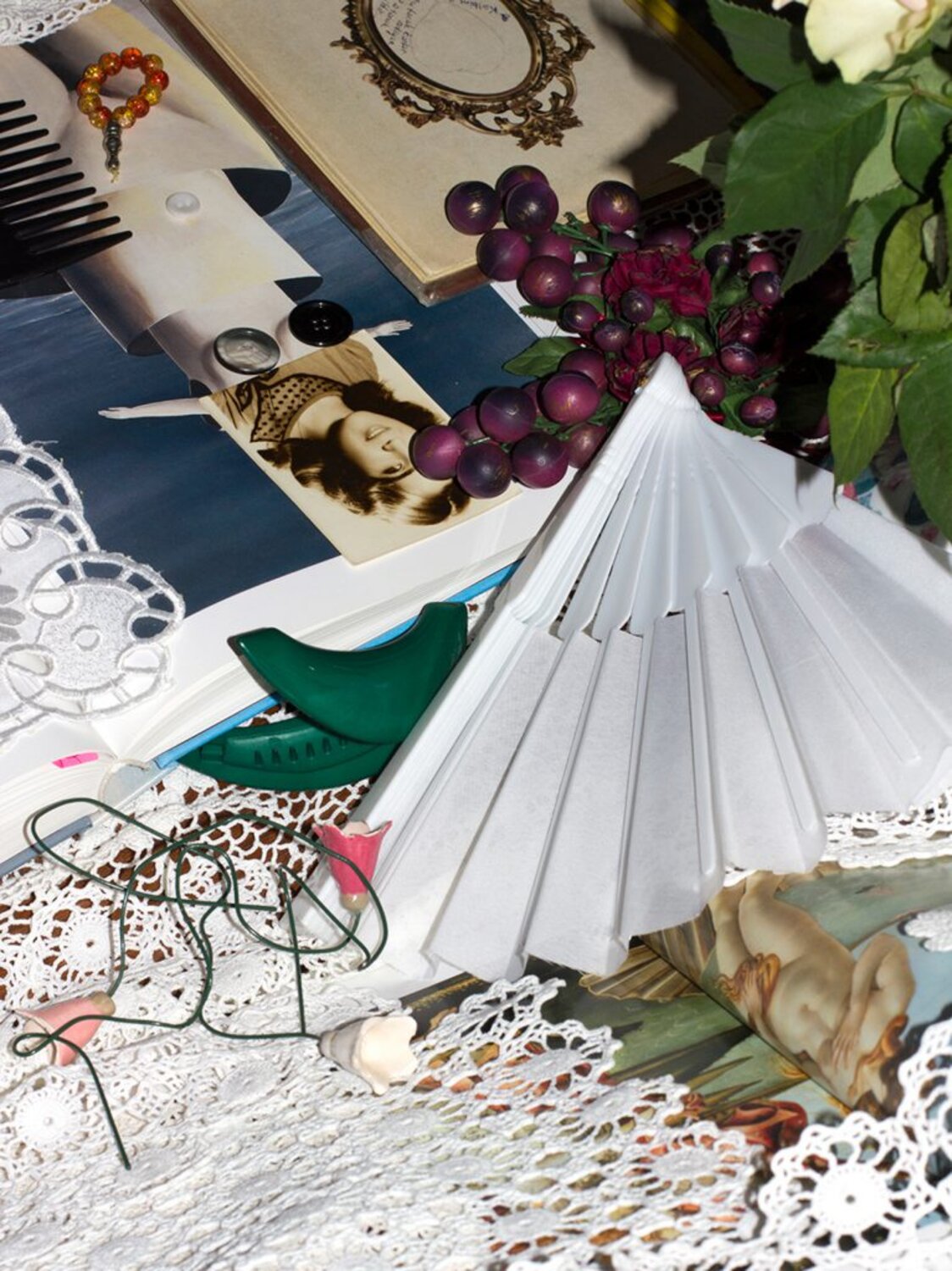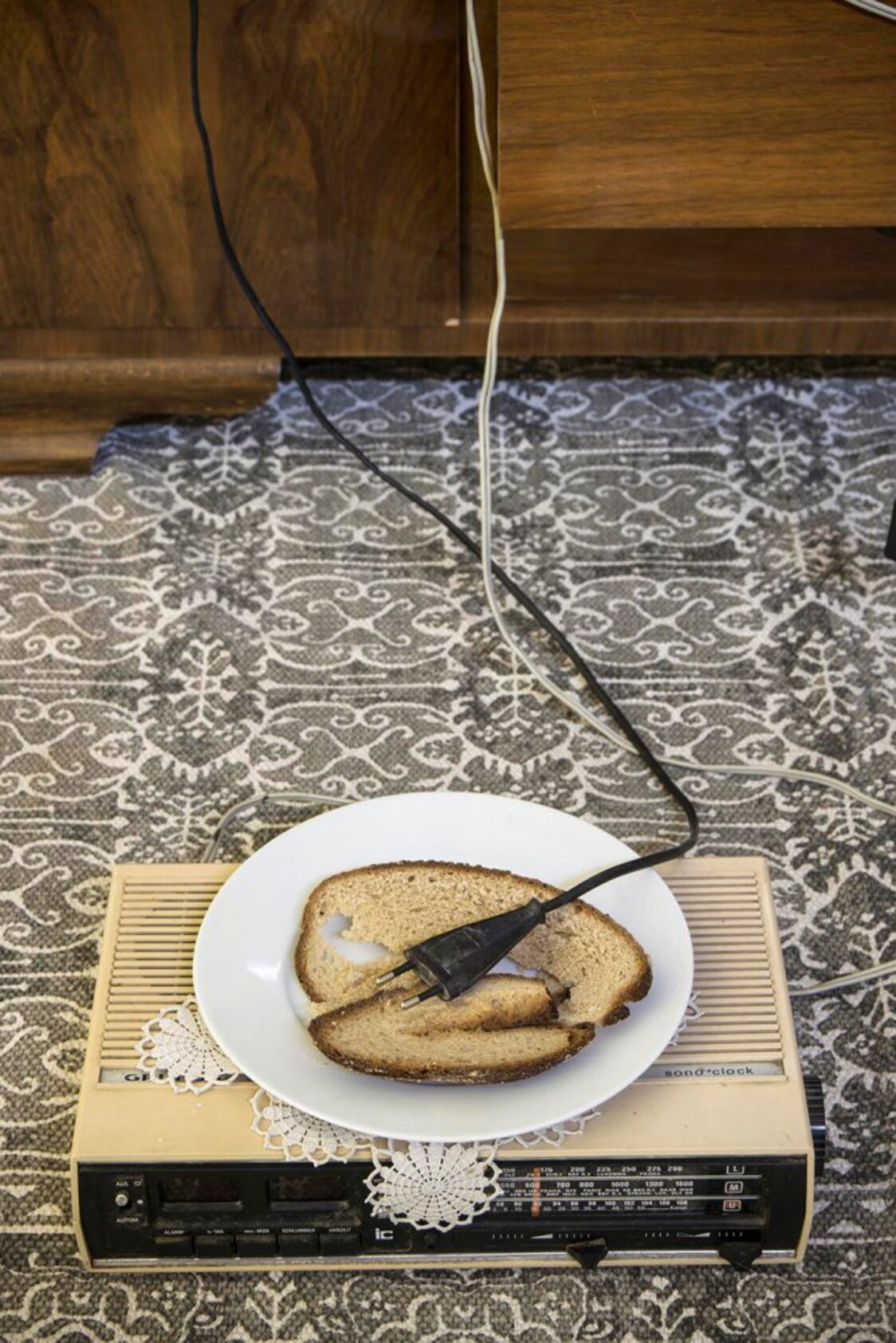Jury 2021:
Kathrin Becker (KINDL Berlin),
Linda Conze (Kunstpalast Düsseldorf),
Dr. Marcus Andrew Hurttig (MdbK Leipzig),
Christina Lehnert (Portikus Frankfurt)
Prof. Dr. Alfred Weidinger (Upper Austrian State Museum Linz)
1st place: Leyla Yenirce (University of Fine Arts, Hamburg)
Leyla Yenirce (*1992) studies time-related media and painting with Simon Denny and Jutta Koether at the Hochschule für Bildende Künste Hamburg. Her productivity is exploratory; she works as a cultural theorist and filmmaker, musician, performer and installation artist. Her art does not want to be without purpose, but this purpose is not fixed, it is the central object of the exploration. Leyla Yenirce is an Êzîdin whose family lives in the German diaspora in Oldenburg. This fact determines the understanding of her subjects. With her art, Yenirce does not pursue an unambiguous identity politics, but an anthropology of responsibility that recognizes and deals with the conditionality of all of us: no one was asked whether he or she wanted to be born, and if so, into which world. This basic assumption is also evident in the fact that her works are never just for self-reflection. Instead, Yenirce finds her own voice in the complex resonant spaces she opens up herself: she works in collaborations/collectives or with foundfootage, that is, in dialogue. She (re)gathers and (re)acts. And so, throughout the works, a "contemporary aesthetic unfolds that works with diverse digital, cinematic, and staging techniques" (from the jury statement for the award of the Karl H. Ditze Prize). These techniques allow Yenirce to unite what has too often been mutually exclusive: feminism and war, pop culture and genocide, desire, longing and irony.
Her work SOMEWHERE ELSE deals with the emotional language of images of Kurdish female martyrs and freedom fighters. The image séance shows the fine line between transfiguring mythology and resistant emancipation.
In the video and image installation HALL OF FAME, Leyla Yenirce critically examines the heroization of martyr images. The depiction of Kurdish women and men who have fallen in the fight against the so-called Islamic State is attributed special significance in war, as it advances the fallen beyond their earthly existence to become heroines.
2nd place: Umut Azad Akkel (University of the Arts, Berlin)
Umut Azad Akkel, born in 1991 in Izmir, studied product design in Istanbul from 2010-2015, and since 2016 he has been studying fine arts in the class of Prof. Ina Weber at the UdK Berlin. In his art he deals with public and urban spaces, urban transformation and the relationship between cities and their inhabitants.
Akkel thematizes (migrant) identities, he works with many materials and media, his conceptual works bridge the gap between material and concept. He combines objects, sculptures, drawings and texts with video works. Another and important part of his artistic work are the symposiums he initiated, "Iran 101", about contemporary art in Iran, and "Fava Connection", a symposium about the cultural-historical relations of people from Greece and Turkey. Akkel is a founding member of the I.D.A. Initiative at the UdK Berlin, which deals with issues around intersectionality, diversity, and anti-discrimination; he works as a mentor at the Intercultural Mentoring Program at the UdK Berlin. He received the DAAD Prize 2020 primarily for his intercultural and social engagement.
In the work I Could not Find Something to Show, Akkel questions authenticities of one's own self-description, self-realization and self-representation in the social and identity-political environment, addresses own existential crises in connection with social expectations, imposed identity labels and a self-expression by looking at own experiences and dynamics. The work is influenced by personal experiences and the feeling of being lost after his immigration from Istanbul to Berlin. In this work he creates a space that invites exchange and reflection, questions and answers to social expectations are visualized and experienced.
Umut Azad Akkel, I Could not Find Something to Show
The project Relotion,a neologism of the words revolution, solution and relationship,consists of a looped video performance, an object and a flyer. In terms of content, Akkel questions the concepts of revolution and progressivism. In the work he imitates the retrograde process of current and historical, as well as social upheavals and plays with the techniques of reproduction. Concrete only hardens completely after 30 days. In the accompanying video performance, Akkel works on the concrete 48 hours after the curing process. Thus, the material performs together with him and resists by hardening. A flyer encourages viewers to reproduce the work themselves and mimic the process.
3rd place: Aslı Özdemir (University of Design, Offenbach am Main)
Aslı Özdemir works with different media, such as performance, installation and photography. Within the last two years, her focus has increasingly been on photography.
Through the medium of photography, one would like to approach a supposedly objective truth, to capture it. But this truth always remains subjective, since it can only be depicted from a certain perspective. In her works, she does not seek objective truths, but wants to use the medium to create a space between reality and fiction. She draws inspiration for her staged pictorial worlds from autobiographical events. Photography offers her a stage on which she can depict an "impossibility" that, on the one hand, draws its core from reality and, on the other, constantly contradicts it.
The Turkish term "kızlık soyadı," in German Mädchenenname, is used to refer to a woman's name before marriage, which is used as a kind of synonym for past youth. Özdemir questions the extent to which the past of another life shapes the present and the extent to which I intervene in the past through the subjective narrative it creates. Children see their mothers as heroic figures; this perception changes after a certain age. Especially between mothers and daughters this change is very striking, because at some point not only mother and daughter face each other, but two adult women who are in different life cycles. At a certain age, the daughter begins to discover parallels in her own person and the person of her mother, to perceive her as a woman, to unconsciously adopt characteristics or to experience experiences similarly. Özdemir addresses this situation in an installation of the same name, consisting of 12 photographs.
Alles wird nach oben geschickt is an installation consisting of 15 photographs. At first glance, it is an accumulation of household objects, clothes, shoes, food, dishes, hair and shoes in the bathtub, etc., they convey disorder and neglect. A state of absence hovers over everything, also because no people appear. Here Özdemir is inspired by the traditional Turkish mourning ritual "taziye". In the first week after a death, the family receives condolence visits from friends and relatives. A mourning community is formed, a heterotopic place where the usual rules are undermined and which Özdemir takes up and stages in her still lifes.
